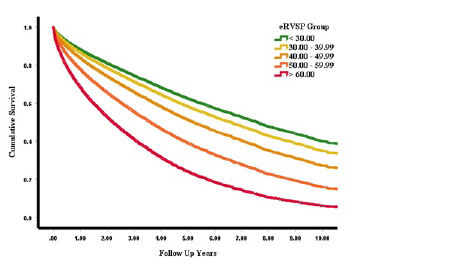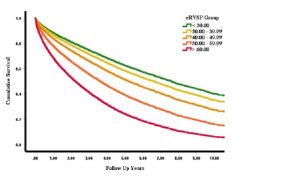Pulmonary Hypertension in Aortic Stenosis
Summary by Dr Seshika Ratwatte
Aortic stenosis (AS) is the commonest valve abnormality in developed countries with increasing prevalence and a long pre-symptomatic phase. Measureable variables such as concomitant pulmonary hypertension (PHT) are important in risk stratification. In AS, PHT likely arises from left venricular hypertrophy and diastolic dysfunction, thence an increase in left atrium (LA) pressure.
In a ‘partner’ publication to their work on PHT in aortic regurgitagtion, Dr Seshika Ratwatte, senior author Professor David Celermajer and their co-authors identify a cohort of 14980 patients with moderate or severe AS and preserved left ventricular ejection fraction (LVEF>50%) using the National Echo Database of Australia (NEDA). The authors describe a typical pattern of worsening ‘left heart disease’ phenotypic response that was evident with increasing severe PHT. This included worsening diastolic dysfunction and a greater proportion of patients with RV dilation and dysfunction.
The publication confirms the negative prognostic impact of PHT in patients with AS, with the risk of all-cause mortality progressively increasing as eRSVP level increases (Central Illustration). A threshold for higher mortality was identified within the range of “borderline-mild” PHT. The publication was Editoralised in the most recent issue of HEART with the authors credited for their analysis of ‘big data’ to increase knowledge in this field.


